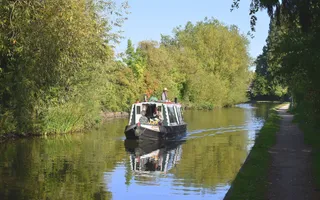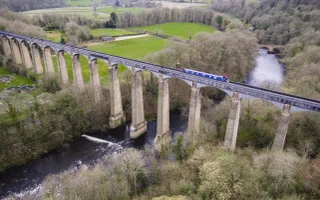As part of our commitment to regularly listen and respond to the experience of boaters across our network, we have approached around a third of boat licensees between November 2024 & March 2025.
Background
Invitations to participate in the survey are randomly selected from the database of licensees. We kept the process consistent with previous years for comparability. Email and SMS options were used to push completion online.
There have been 1742 responses to the survey. This is in line with the strongest sample achieved to date for the Annual Boaters’ Survey, and provides a robust evidence base for the conclusions. Surveys were conducted between November 2024 and March 2025, and do not reflect any boating experiences since April 2025, when national rainfall has put greater pressure on navigation.
Key headlines
The headline KPI of overall satisfaction has seen a significant increase to 55% (+9%, 46% in 2024), which is now broadly in line with 2021-2023 results.
The main improvement since 2024 is among liveaboard boaters (liveaboard continuous cruisers up from 40% to 53% and liveaboard with home mooring up from 35% to 47%). Satisfaction among leisure boaters is more positive overall but has seen little change from 2024 levels (c.59%).
In terms of the key issues underpinning the 2024 satisfaction drop; lack of dredging, boating costs and vegetation management continue to be relatively strong negative drivers in 2025.
There are however many green shoots of recovery in sentiment compared with 2024 with a fall in negative views. General upkeep of waterways (-6%), vegetation management (-17%) and engagement with boaters (-6%) all show significant improvement. While not registering as particularly significant changes, favourability, advocacy and trust are also moving in a positive direction.
In short, while the results compared to 2024, at face value, are positive and reflect a significant improving picture, many of the key issues identified in 2024 continue to garner comparable levels of negativity, and many of the issues being addressed through the Better Boating Plan remain key areas of priority.






